Vogue every decade has changed who showcases and what fashion it focus on.
Vogue is one of the most influential magazines, influencing fashion and the magazine industry. Arthur Baldwin Turner, an American businessman, founded Vogue on December 17, 1892. It’s lived through wars and showcased many trends.
Turner created Vogue as an authentic journal that followed the lives of the upper class and their gossip, activities, and hot spots.
Now Vogue has dominated the fashion industry for decades and is every fashion gurus’ dream.
1900-1910
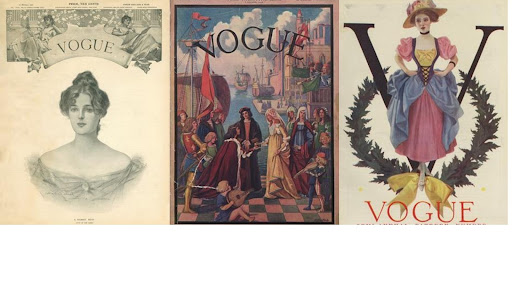
1920’s

Art deco, originating in Europe, spread quickly making its way into American fashion. Featuring geometric shapes, exaggerated accessories, and embellished dresses.
1930’s

The art style changed to modern, a movement in decorative arts. It had become a major style in the United States as well as western Europe.
Pants for women started to become acceptable.
Few women worked among the amazing artists at Vogue. the publication was fashion-forward and started to shift and focus on the female gaze, serving femme fatale, rather than the male gaze.
1940’s

Another monumental moment was when haute couture became almost nonexistent in France. The powerhouse brand Chanel closed her business.
Paris went silent and America found its voice.
Abstract Expressionism was the vibe along with women empowerment and employment.
1950’s
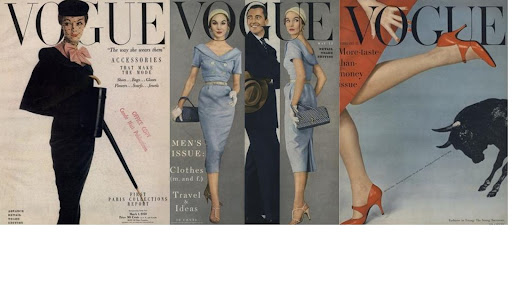
Haute couture was plastered on every magazine cover.
The first organized fashion shows occurred in New York and Italy.
The Editor in Chief Jessica Daves turned Vogue into a fashion powerhouse.
1960’s
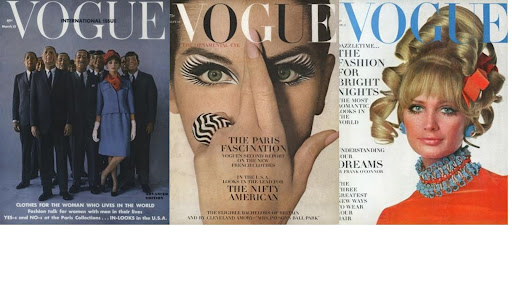
1970’s

1980’s
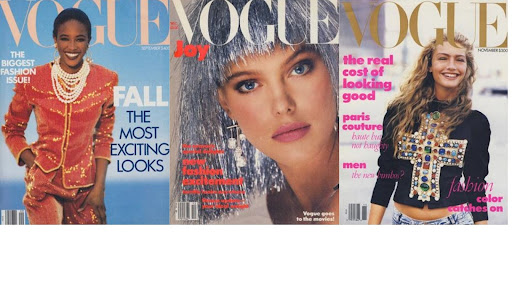
This was also the decade when the power suit for women was created. This decade turned traditional gender roles upside down.
Anna Wintour, now Editor In Chief of Vogue, focused on the bold and colorful side of fashion.
1990’s

2000’s

Women and men were unafraid of breaking fashion rules and therefore created the term ‘grunge’.
Grunge fashion is characterized by durable and timeless thrift-store clothing that’s often worn in a loose, androgynous manner to de-emphasize the silhouette.
These years were also when the red carpet became an international marketing tool. Celebrities became the obsession as actors and singers replaced models.
2017 to present time:
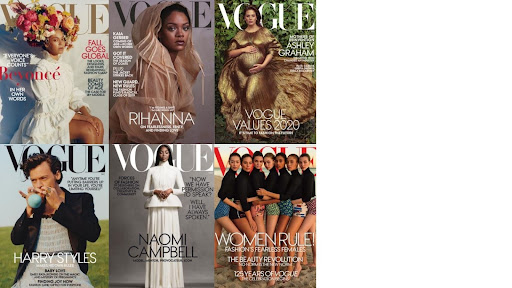
Challenging gender norms and flipping rules, the publication is more diverse than ever.
Showcasing personality through clothing, Vogue every decade has managed to encapsulate history onto the covers of magazines.
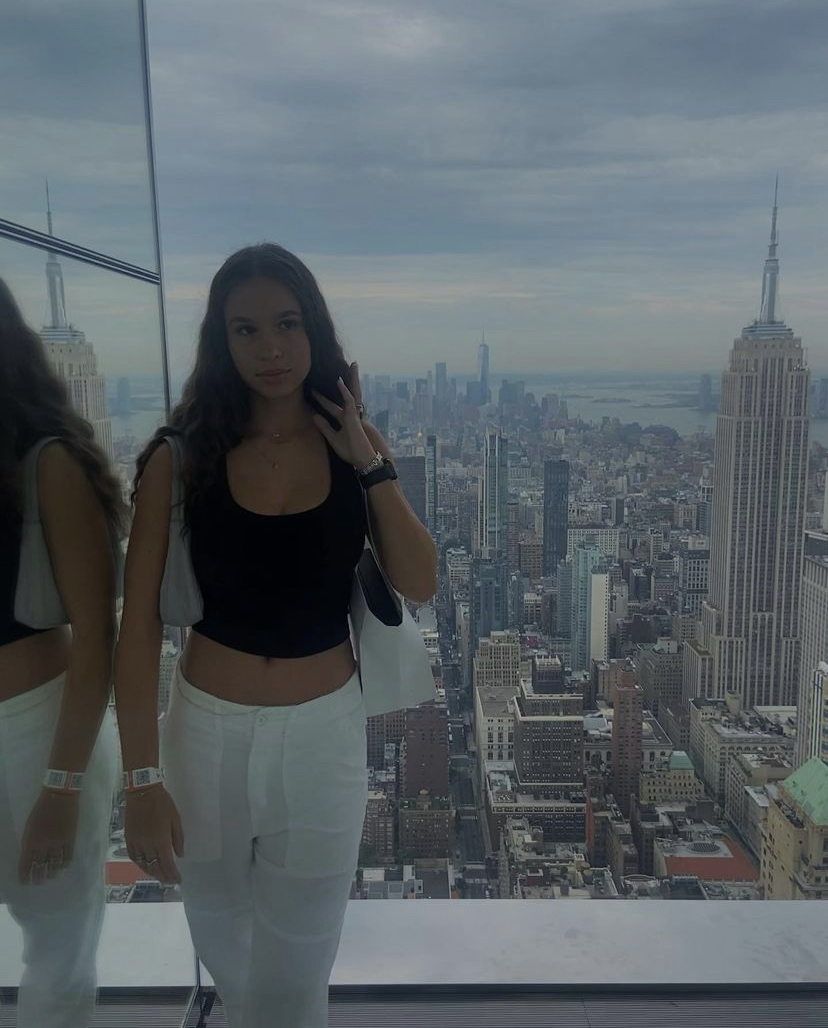
My name is Sanaa, I love fashion and I dance ballet at Carolina Dance Center.
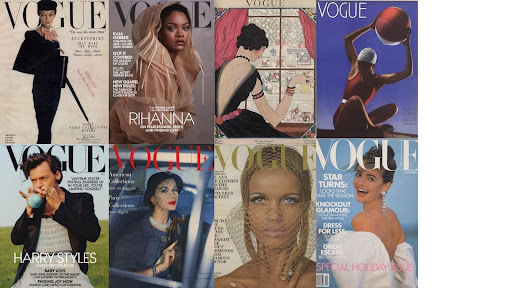
Leave a Reply